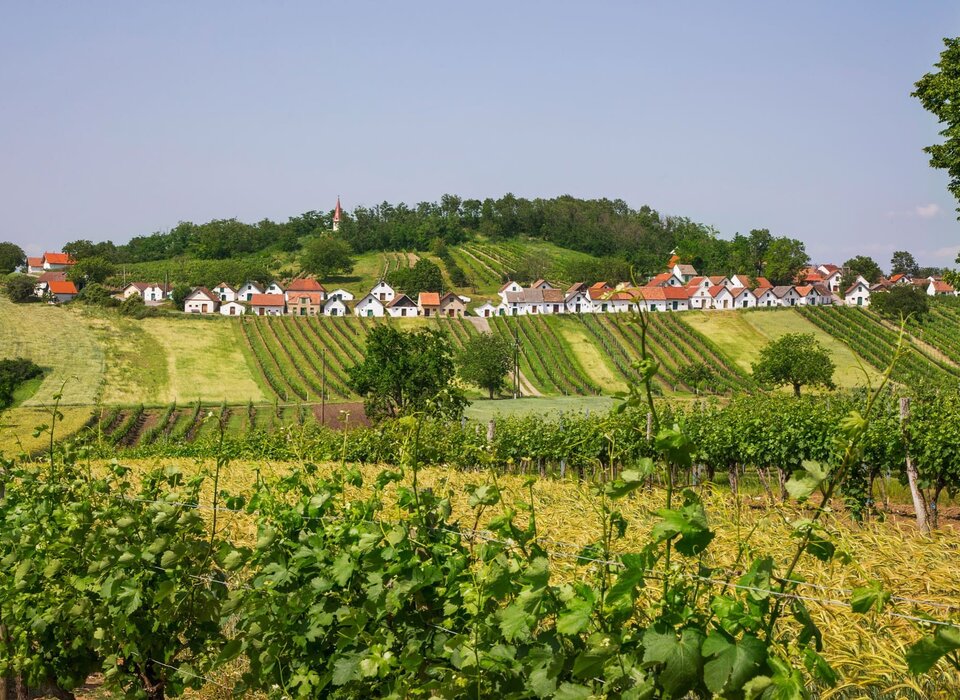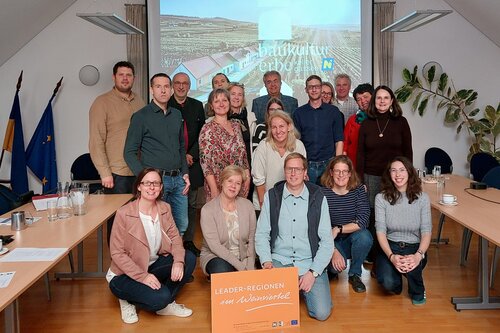Raising awareness among the population
In order to preserve the unique cellar lanes for future generations, the commitment of cellar owners and the entire population is required. That is why we are developing a wide range of materials—from information folders to renovation videos—that inform, motivate, and encourage people to get involved.
offers from the state of lower austria
The Department for Building Culture and Construction Affairs at the UNESCO World Heritage Site of the Lower Austrian Provincial Government has already implemented a number of measures to preserve the cellar lanes. These include building advice, the Cellar Lane Handbook, the “I am building heritage” plaque, and subsidies for the renovation of wine press houses.




